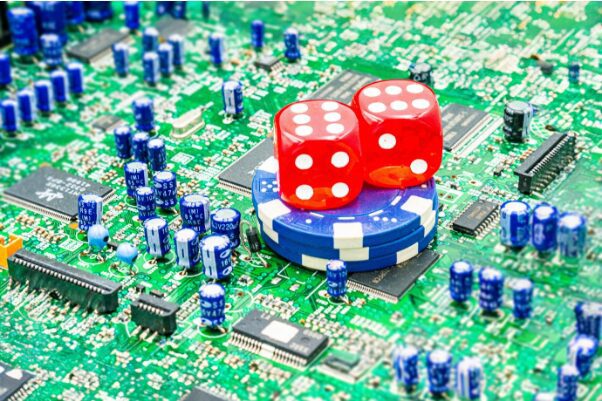The technology involved in casino games took a big jump forward in the 90s thanks to the arrival of the internet. A lot went into converting classic games into digital formats, especially in making sure they continued to have truly random results.
An idea that was floated at the time was bringing together elements of online play with physical game components and a live dealer. But the technology of the decade was nowhere near where it needed to be to produce those live casino games.
Fortunately, the technology did catch up to the idea and now there are plenty of different live casino games available online. Now let’s take a closer look at the tech that powers these games.
Live streaming technology
In the 90s, there was no such thing as live-streaming. The internet of the time often struggled to handle playing back a short online video, let alone allowing for real-time video.
But now, live streaming is something that even people without dedicated setups can manage.
Live casino games use a number of high-quality cameras to capture various angles of the game table, components, and the dealer themselves. This allows players to choose which cameras to focus on, depending on which angles they prefer to view the game from.
4K camera feeds allow online casinos to broadcast live casino games with a level of clarity needed for players to clearly see all elements of the game and studio. It’s also important for live casino games to stream in real-time, without any noticeable buffering or lags, utilising streaming technology that delivers low latency.
Game control unit
One particular piece of kit involved in all live casino games is the game control unit (GCU). This is attached to the table, encoding the live stream and ensuring that the live dealer’s actions remain properly synchronised with the online game interface.
The GCU is the bridge between the live game elements and the online player, making sure that the two remain in sync at all times. Without it, live casino games would not be possible or would have to resort to the manual inputting of data into the game software.
Optical character recognition
Something that works with the GCU is a technology known as optical character recognition (OCR). The images captured by the cameras are not ‘readable’ by the game software without being converted into data. This is what the OCR does, converting images of playing cards, the Roulette wheel or dice into the data that is fed through to the online interface.
OCR allows for the outcome of game actions to be instantly transmitted into the game system, keeping the digital interface and elements in line with the live video feed.
By immediately translating images into data, OCR ensures that no human error can enter into the game’s outcomes.
Live casino games require more than just a live stream of a studio setup, there’s plenty of technology behind the scenes that goes into making these games work properly. From the online interface to the systems encoding the live broadcast, lots of technology is involved in powering live casino games.






